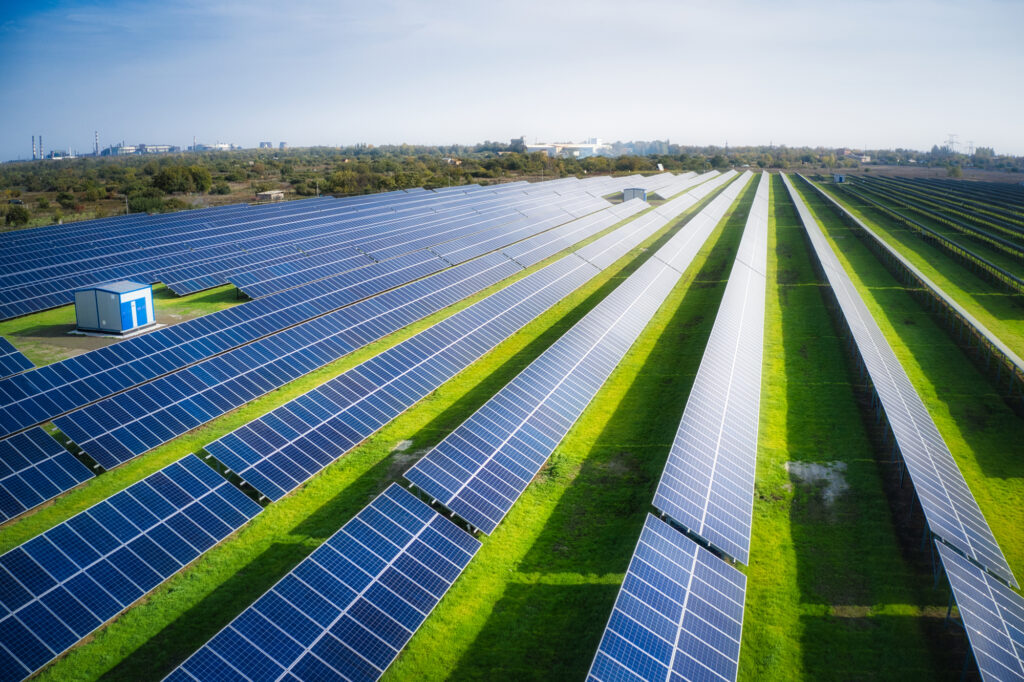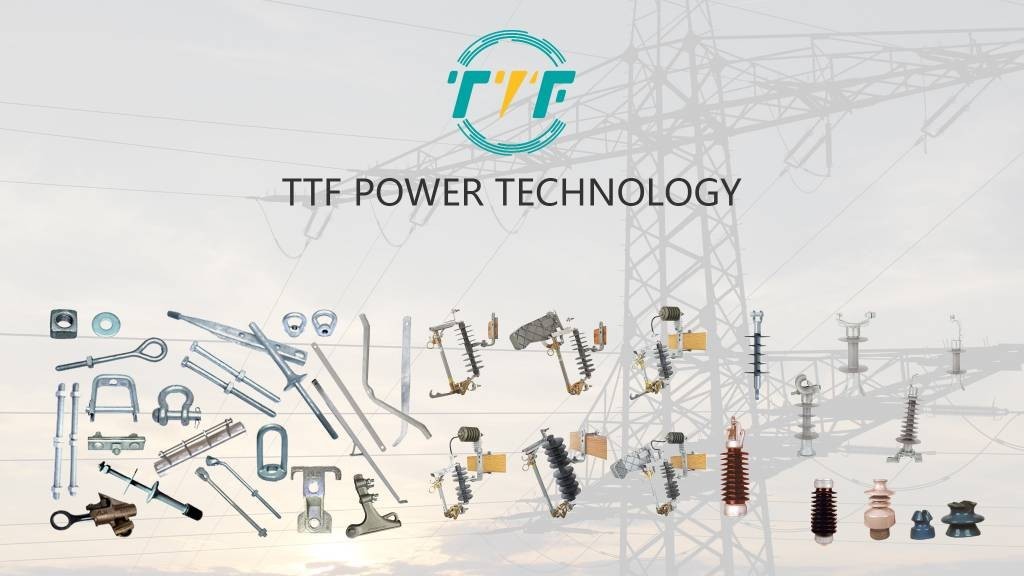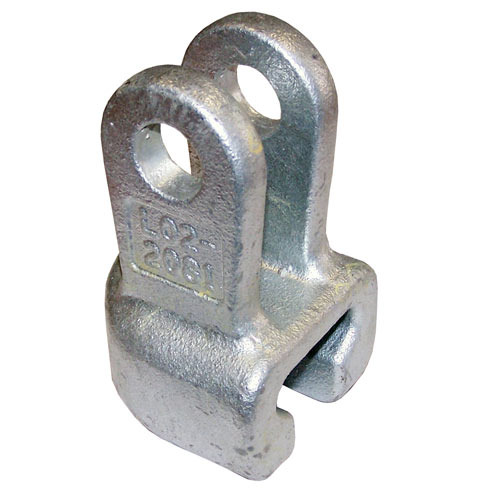
Loja, Ecuador, has initiated procedures to build a 200 MW solar project, given its high potential for solar energy. The region has high solar irradiance due to its favorable climatic conditions. There are other small projects that aim to provide electricity to remote communities not connected to the national grid. Solar energy development in Loja contributes to reducing greenhouse gas emissions, aligning with the commitments under the Paris Agreement. The development of solar plants creates local employment opportunities during construction and operation. It also reduces the dependence on imported fossil fuels, which enhances energy security. The use of advanced solar technologies such as efficient photovoltaic panels and energy storage systems enhances the feasibility and impact of solar plants. A socket clevis serves in the construction and installation of solar power plants.
A high-performing socket clevis securely mounts the solar panels on the racking system. It is part of the mechanical structure keeping the panels stable and at the correct angle to capture sunlight. The clevis works with bolts and pins to connect different parts of the frame to hold the solar panels. By doing so, it ensures a firm connection between the panels and their supporting structure. The growing focus on renewable energy and solar power in Ecuador depends on efficient and durable components for construction. Using socket clevises simplifies the installation process, which allows joining of the racking system. A socket clevis acts as part of the structural support that ensures the success and stability of solar energy infrastructure.
Potential for solar power in Ecuador’s energy sector
Solar power development contributes to Ecuador’s sustainable energy development, energy security, and climate change mitigation. The country has the potential to become a regional leader in solar energy development. This is with the abundant solar resources, supportive policies, and growing energy demand. Solar energy can support the energy sector, economic growth, and environmental protection. The following is the potential for solar power development in Ecuador.

- High solar radiation levels—Ecuador has high levels of solar radiation throughout the year being along the equator. This makes it ideal for solar energy generation in South America.
- Growing energy demand—Increased population growth, urbanization, and economic development lead to increased energy demand. Solar power can help meet this demand sustainably in areas with challenging grid expansion.
- Government support and policies—the government has put in place policies to promote renewable energy, including solar power. Incentives such as tax exemptions, subsidies, and favorable regulations help attract foreign investment in solar energy projects.
- International commitments—the development of solar plants helps reduce greenhouse gas emissions. It also increases the share of solar power in the energy mix to meet climate commitments.
- Technological advancements—advances in solar technology make solar power more cost-effective and reliable. These technologies include energy storage systems, smart grids, and efficient photovoltaic panels.
Uses of a socket clevis in solar power development in Ecuador
A socket clevis provides structural integrity and functionality for solar panel mounting systems. It ensures that solar panels are securely anchored and aligned to maximize energy capture. The clevises contribute to the efficiency, durability, and safety of solar installations. Socket clevises are essential for large-scale solar farms, off-grid solar systems, and hybrid systems. Below are the common functions of a socket clevis in solar plant development in Ecuador.

- Structural support and stability—a socket clevis connects and secures structural components of solar panel mounting systems. The clevises provide a strong and stable connection which ensures solar plants remain in place even under environmental stresses.
- Flexibility in installations—the socket clevis allows for adjustable connections, which makes it easier to align solar panels at the optimal angle. The adjustable mounting systems ensure that solar panels can be installed efficiently on diverse landscapes.
- Durability—solar power installations face environmental conditions like high humidity, intense sunlight, and heavy rainfall. A socket clevis ensures long-term durability and minimal maintenance.
- Load distribution—socket clevises distribute the weight of solar panels and mounting structures across the foundation. Uneven load distribution could lead to structural failures or damage.
- Safety and reliability—socket clevises ensure solar panels are securely fastened and reduce the risk of accidents caused by loose components. This is crucial for projects in remote or hard-to-access areas in Ecuador.